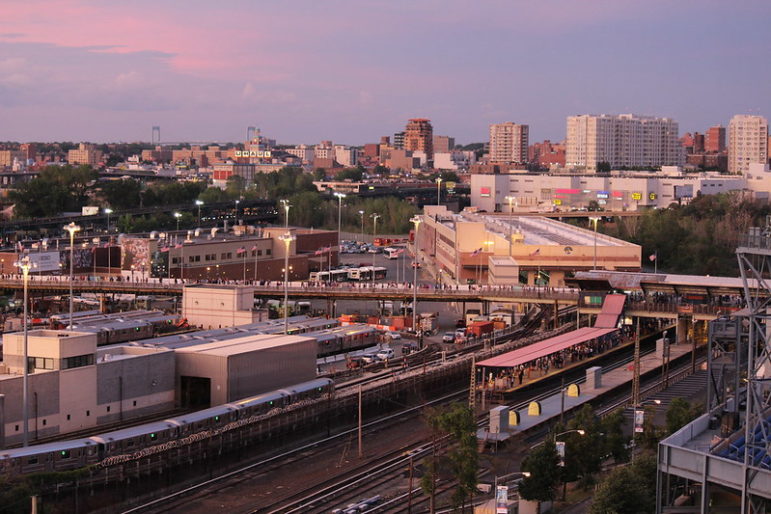
The interim borough president of Queens recommended against approval of a development plan for the Flushing waterfront in an advisory opinion Friday.
Sharon Lee acknowledged the potential of the proposed Special Flushing Waterfront District to fulfill long-held dreams of revitalizing the area—the unrealized goal of at least five earlier planning efforts.
“Downtown Flushing, however, is not immune to the consequences of transformative large-scale new development that inadvertently leaves many behind,” Lee wrote in her recommendation. “The people living closely to the SFWD will bear the brunt of the noise, dust, traffic and other construction-related inconveniences as the proposed project is built, with little chance to afford or secure some of the new housing that would be built in the new modern waterfront development.”
To make the project acceptable, Lee specified, developers must commit to paying prevailing wages, hiring union labor and building more affordable housing, and that the school system must find a place for new school seats in downtown Flushing.
As Amir Khafagy reported in a City Limits story last month:
The proposal, spearheaded by the Flushing Willets Point Corona Local Development Corporation (FWPCLDC), calls for the development of the Special Flushing Waterfront District on a 29-acre stretch of industrial property along Flushing Creek. The new district will accommodate a profusion of mixed-use developments with more than 1,700 apartments, retail, a hotel, and open space at an estimated cost of $1 billion.
Presently, much of the land could be developed as of right, with developers only seeking the rezoning of the northernmost section, which is currently zoned for manufacturing. In exchange for the rezoning, developers promise to build 100 below-market-rate apartments, publicly accessible parkland and a road network that will integrate with the existing street grid.Community Board 7, in whose district the project falls, approved the project last month by a vote of 30-8 (with one abstention). CB7 also issued conditions for how the plan might be approved, but their 15 suggestions did not overlap with Lee’s.
Advisory opinions by the community board and borough president are the first steps in the city’s Uniform Land Use Review Procedure (ULURP), seven-month process that next heads to binding votes at the City Planning Commission and the City Council.
“We are stunned by the unusual manner in which the interim Borough President would go against the wishes of the community,” the project’s developers said in an emailed statement. “This project will create jobs, stimulate the Flushing economy which is suffering and bring activity and much-needed environmental cleanup to a vacant, blighted parcel of land. These factors are why there is a broad range of community support from local businesses and residents, but were unfortunately overlooked by someone who is not familiar with our community.”
Lee took interim control of the borough presidency when Melinda Katz became district attorney earlier this year. The job is due to be filled by a non-partisan special election on March 24, with early voting beginning on Saturday, although at least two of the six candidates in the race, southeast Queens Councilmember Donovan Richards and former NYPD sergeant Anthony Miranda, are advocating for the election to be postponed in light of the Coronavirus state of emergency.









One thought on “Interim Beep Calls for Rejection of Flushing Waterfront Plan”
So Lee wants union wages AND more affordable housing? In other words, the basic assumption here seems to be that everyone involved has infinite amounts of money to spend money on stuff. The sheer absurdity of this suggests that someone is making a political deal here.